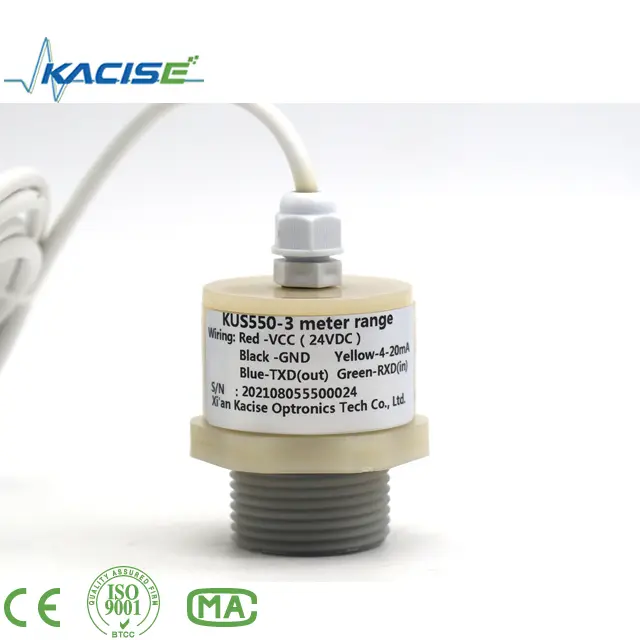How do these Ultrasonic Water Level Sensors work?
This PVC-manufactured, IP65 ultrasonic water level sensor is created. High-frequency ultrasounds are used by ultrasonic sensors to measure the concentration of any liquid or solid in a medium. The downward-facing sensor/transmitter is located on the tank's top.
It sends out waves and clocks how long
it takes for the sensor to receive signals back from the ocean. The output
level is then expressed as an exact voltage between 0 and 10 volts using the
measured time. Order the best ultrasonic
water level sensors for testing the water quality and use them the right
way.
Benefits of ultrasonic distance sensor: -
- straightforward
setup and use.
- nothing
that moves.
- measuring
without physical touch.
- detection
of the water level continuously
- Various
non-liquid materials and media can be utilized.
- appropriate
for some liquids and solids.
- high
sensitivity and precision.
Disadvantages:
- Readings
that are momentarily erroneous might be caused by water turbulence (not
common).
- a
bit more expensive than comparable water level sensors in terms of cost
(more circuitry involved, high-frequency transducer, etc).
- Long-range
level sensing may be problematic (most applications require only a short
range).
- Not
suitable for substances or containers that can interfere with both the
sensor's ability to receive an echoing (odd-shaped tanks, divider plates
can throw off the signal, etc).
Does an Ultrasonic water level Sensor Work to Measure Water Level?
For several liquid-level applications, ultrasonic distance sensors are a common option. Our sensors are IP67 approved for water infiltration and non-contact water level sensing. To increase protection and improve performance in damp or dusty settings, we propose an update to our F-Option that would make the sensor IP68 qualified.
The Operation of an Ultrasonic Sensing Element
Water depth sensing is, in a nutshell, the use of a sensor to determine the depth of liquid in the tank or other container. We will discuss employing ultrasonic technology in this scenario even though a variety of ultrasonic water level sensors can be employed.
By measuring the distance between both
the transceiver and the water's surface, we may use ultrasonic sensors to
calculate the depth of the water. We can gauge how long it takes for the
sensor's brief ultrasonic pulse to get to the water and return by timing the
echo. The water depth may then be calculated by deducting that amount from the
tank's overall depth.
Ultrasonic Sensors Used Underwater:
As previously indicated, an ultrasonicdistance sensor must be submerged in water in order to assess water depth as opposed to water level. Because our sensors were not intended for use underwater and have not been adequately tested in this environment, we do not advise doing this.
Take the help of ultrasonic water level sensors to run the water plants effectively at simple rates. Check the repute of the water level sensors to select the most efficient device used in different appliances. Be sure about the products before ordering them for factory or commercial use at suitable timelines.



Comments
Post a Comment